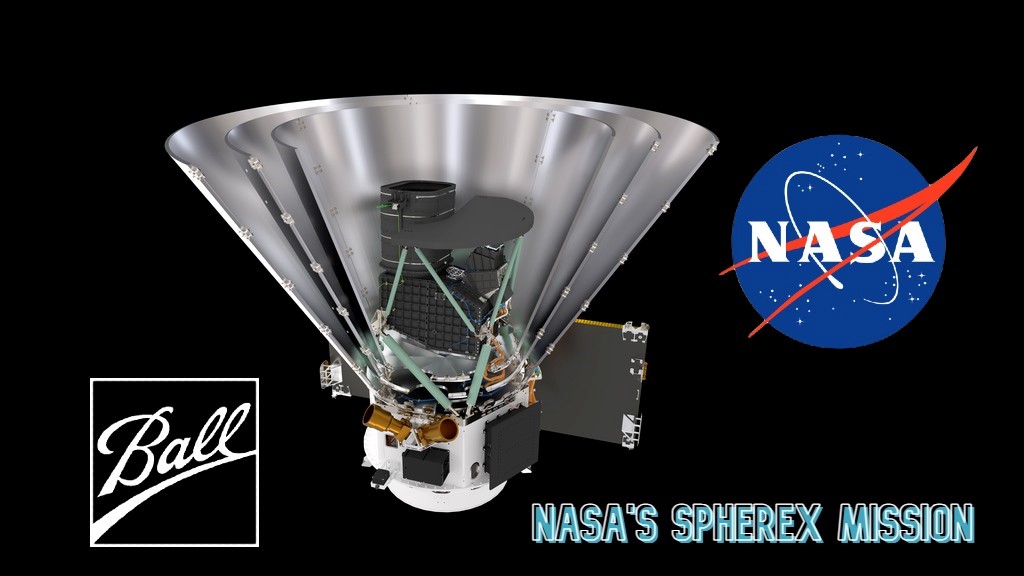您想继续阅读英文文章还
是切换到中文?
是切换到中文?

THINK ALUMINIUM THINK AL CIRCLE

NASA's ambitious collaboration with Ball Aerospace has shaped one of the most remarkable spacecraft of the century. The SPHEREx mission will be fundamental in conducting detailed reconnoitres of our Milky Way, mapping galaxies, nebulae, stars and other celestial objects. Most interestingly, NASA's SPHEREx spacecraft flaunts an outer structure made of aluminium sheets, and the inside contains aluminium honeycombs.

The SPHEREx mission aims to map the entire sky from low-Earth orbit, and it is set to launch in the next couple of years. The spacecraft's cone shape has already been materialised as it goes through final R&D in a clean room at NASA's Jet Propulsion Laboratory in Southern California.
Additionally, two smaller cones surround the telescope to ensure it is protected from the light and heat of the sun and Earth while in orbit. SPHEREx is shaping up to be an exciting mission that will revolutionise our understanding of the universe.
The deputy payload manager and payload systems engineer for the mission, Jet Propulsion Laboratory (JPL), Sara Susca, vocalised through a press release: "SPHEREx has to be quite agile because the spacecraft has to move relatively quickly as it scans the sky. It doesn't look that way, but the shields are actually quite light and made with layers of material like a sandwich. The outside has aluminium sheets, and inside is an aluminium honeycomb structure that looks like cardboard — light but sturdy."
The spacecraft, developed by Ball Aerospace in Boulder, Colorado, has a state-of-the-art telescope that will collect infrared light from distant sources. The telescope comprises three mirrors and six detectors, which will be used to map the entire sky four times over a period of two years.
The mission's primary objective is to aid scientists in comprehending the origin of water and other essential components required for sustaining life. The mission will achieve this by measuring the abundance of water ice in interstellar clouds of gas and dust, which are locations where new stars are formed and planets are eventually created.
The SPHEREx team will also be able to study the cosmic history of galaxies, which will allow us to learn more about how they began to form and how they've evolved over time. Furthermore, by examining SPHEREx's map of millions of galaxies, scientists will be able to research how the universe rapidly expanded a fraction of a second after the Big Bang.
NASA approved the SPHEREx mission in 2019, and SpaceX will launch the spacecraft from Vandenberg Space Force Base in California, targeting the April 2025 timeframe.
Aluminium is widely used in the aviation and space sector, where its heat-resisting and lightweight properties make it a perfect raw material. If you wish to learn in detail about the use of aluminium in the transportation sector, don't forget to spare some time on AL Circle's specially curated report, Future of Aluminium in the Transportation Sector.
Responses








